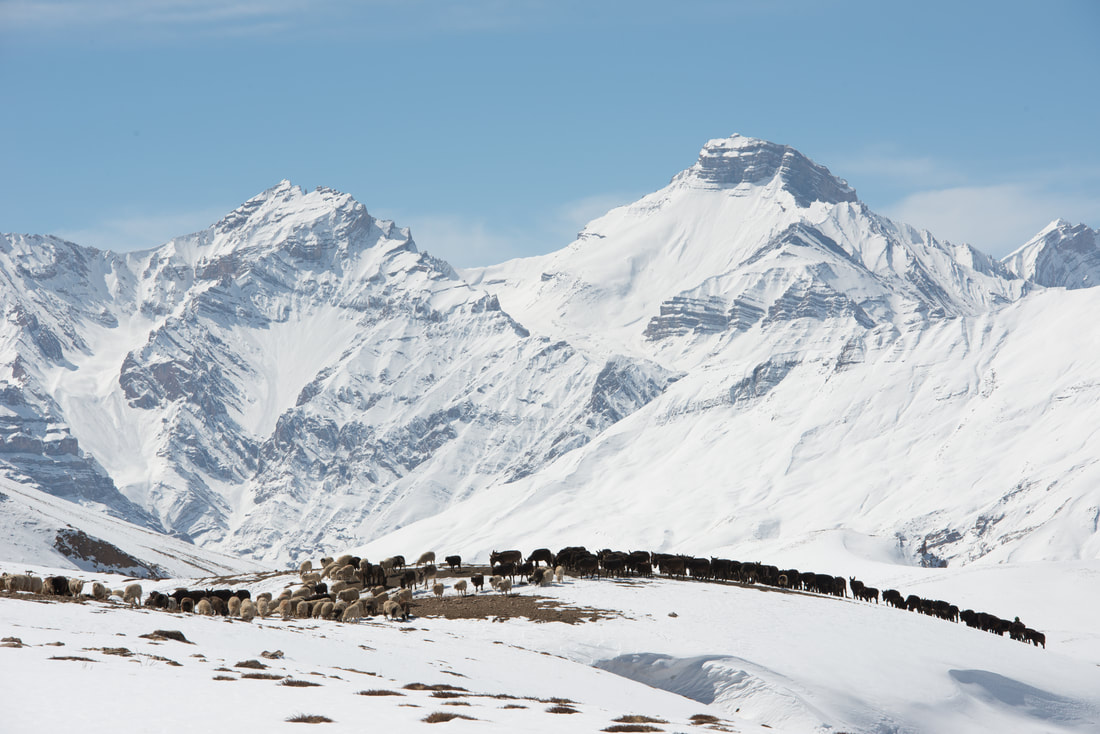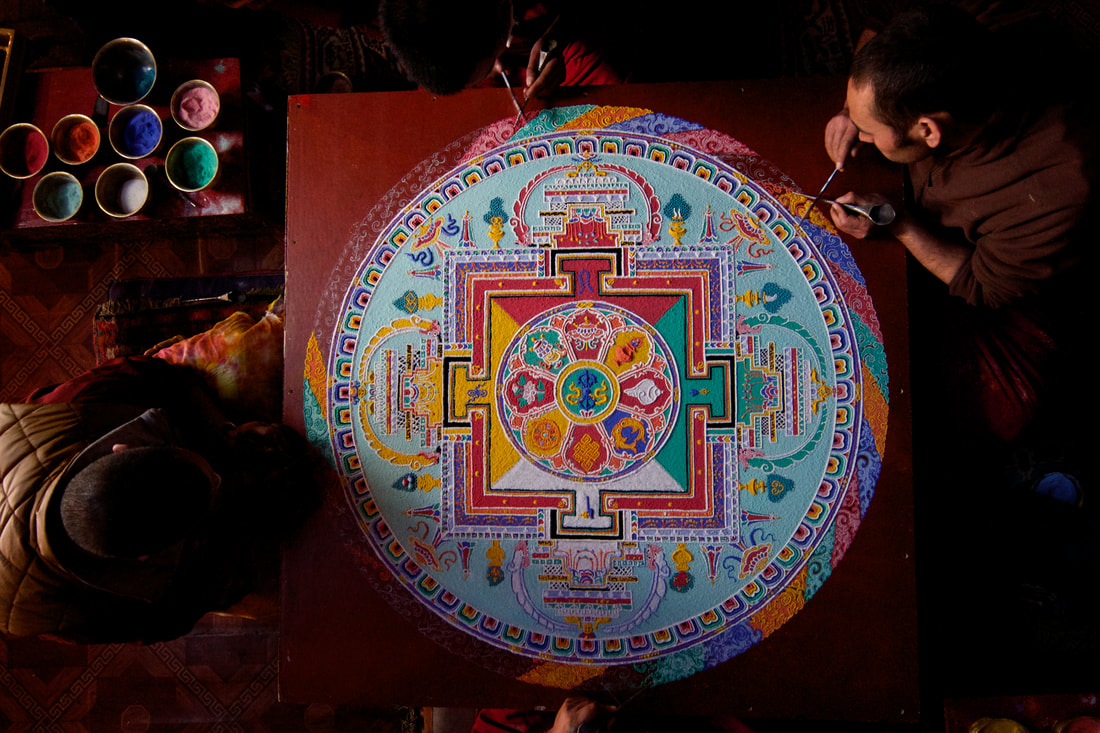|
We reached out to our Jackson Wild Media Awards filmmakers to ask them five questions about the experience of making their films.
What inspired this story? Series Producer Steve Greenwood: I was seven years old when I climbed my first mountain – Ingleborough, in the Yorkshire Dales. It was only 723 metres high but I felt like the king of the hill, looking down over the world stretched out below me. It’s a sensation I’ve never forgotten. All these years later I hoped to put that feeling into this series. I believe mountains make us feel differently about the world. They give us a different perspective on life. It doesn’t matter whether the highest peak we have scaled is Everest or the Brecon Beacons – anyone who’s hiked to the top has sensed that awe and wonder. That was the mood we wanted for this series. It’s also the reason why we wanted people to have a place in the series. Not only are humans a part of those mountain ecosystems, but our contributors can articulate what it feels like to have a life high up in the great mountain ranges of the world, whether it is a Buddhist monk or a dare-devil extreme skier. The three episodes all have a very different feel. Himalaya is the land of great extremes – the air is the thinnest, the mountains the highest. It is a land that can be grand, or terrifying. The Andes, because they stretch from south to north, pass through many different climatic zones. It is the mountain range of hidden worlds, each with their own specialist. The Rockies is the great temperate mountain range of the world where the weather can change on a dime - it is hard to know whether to pack shorts or snowshoes! The result is three very different films about three very different mountain ranges, but united - I hope – by that sense of wonder I first felt as a seven year old up the top of the Yorkshire Dales. Describe some of the challenges faced while making this program. Producer Alex Lancaster: Members of the squirrel family, marmots are mountain specialists, feeding on grasses lichens and seeds. To film Himalayan marmots we traveled to the edge of the Tibetan plateau in the province of Ladakh, Northern India. We were filming a marmot group that lived well over 13,000 feet, which made for challenging filming conditions. Everything takes longer at this extreme altitude, even the mundane daily chores. Night time temperatures sinks to 14 degrees Fahrenheit, and often we would wake up to find snow on the ground. After extracting ourselves from beneath the layers of sleeping bags and blankets we then had to allow extra time for dressing in all the extra layers needed for the extreme conditions outside. Surprisingly even the very simple act of boiling an egg for breakfast was effected by the altitude. Water boils at a lower temperature at high altitude, due to the decrease in air pressure, so it took over twenty minutes to cook an egg. We then had to hike with our equipment up to the filming location. Another consequence of the low air pressure at this altitude is that there is less oxygen in each breath, almost half that of sea level, which means during any physical activity we were quickly out of breath and needed a rest. Any travelling would take two or three times as long as it does at sea level. And this was all before filming began! Although we felt time was slipping through our fingers it was nothing compared to the problems the marmots were facing. Summers at this altitude are extremely short, just 3 months long, and in this short amount of time the young marmots must triple their body weight by eating only grass, readying themselves for an 8 month hibernation. So as challenging as it was for the crew, the clock was really ticking for the marmots. Any fun facts about the film/program, the subject matter or the production crew that might surprise the audience? Series Producer Steve Greenwood: As well as telling the stories of the iconic big animals that live in mountains – the grizzlies, snow leopards and puma – we wanted to surprise the audience with the little critters that also make their home above the clouds. In the Himalaya it was the Himalayan jumping spider – the highest living creature in the world. The team had to trek up to Everest base camp to find and film these creatures. Each of the great mountain ranges in our series has a type of big cat who prowls the ridges. Himalaya has the elusive snow leopard, the Rockies has the mountain lion (also called a cougar) and the Andes has the Puma – actually the same species as the mountain lion. We were keen that each big cat told a very different story of life in the high mountains. For the snow leopard, producer Alex Lanchester and cameraman Simon de Glanville travelled to the village of Kibber, high in the Spiti valley of northern India. At nearly 15,500 feet it is one of the highest villages in the world and the villagers rely on their sheep and goats for survival. Alex wanted to tell the story of how villagers and big cats manage to share the same mountains without conflict through some ingenious conservation ideas.
0 Comments
Leave a Reply. |
Archives
March 2024
Categories
All
|
Contact UsJackson Wild
240 S. Glenwood, Suite 102 PO Box 3940 Jackson, WY 83001 307-200-3286 info@jacksonwild.org |




 RSS Feed
RSS Feed